Why do we inject into the muscle of arm? What studies have been done to test the efficacy and safety of intramuscular injection into the arm? Do we know this is the absolute best method? Why is this the only choice?
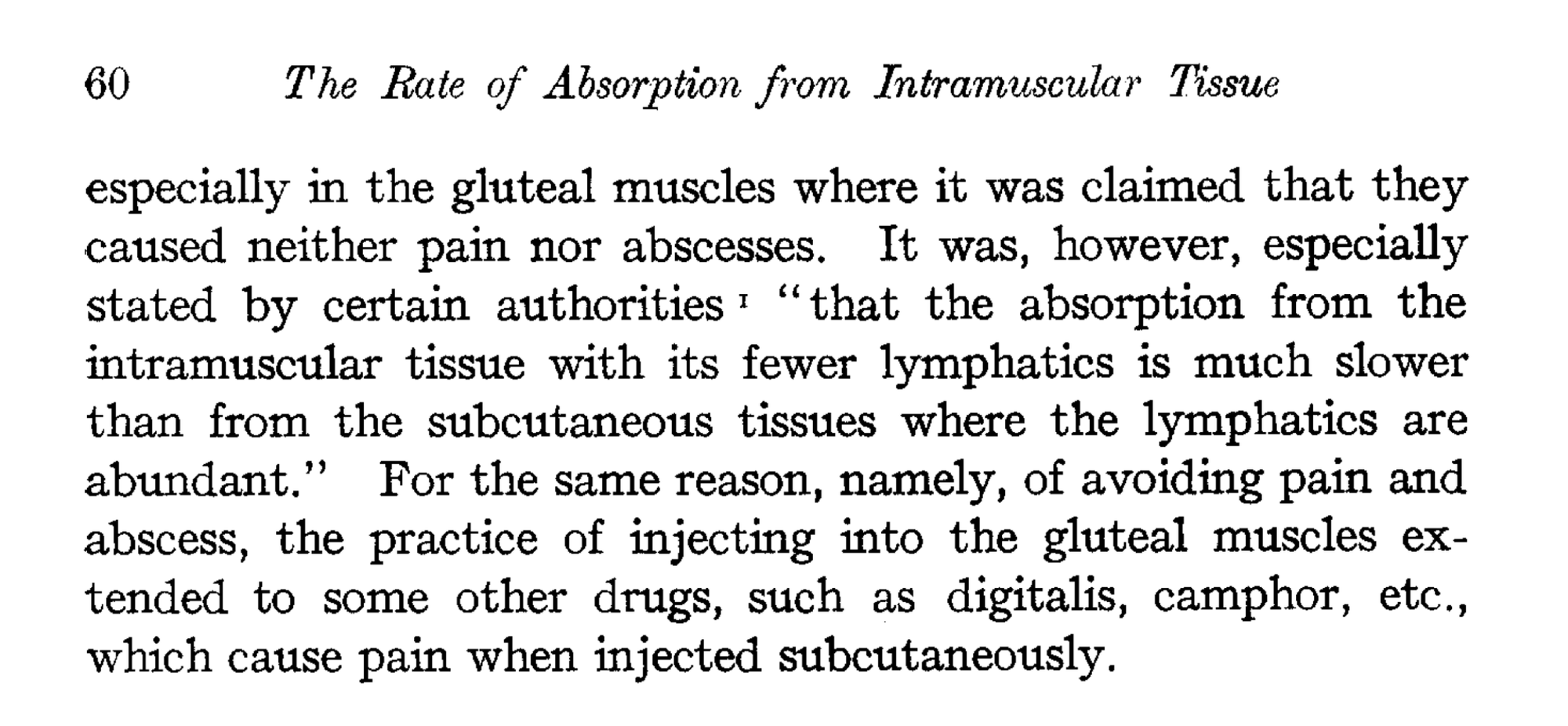
There are no diseases more dangerous than the ones you inject into your body. Once injected into the muscle, the vaccine serum floods between muscle fibers and floods the surrounding lymph. It is not able to immediately cross from the lymph into the blood vessel, the only entrance and exit out of the blood vessel is through the capillaries, which are shaped perfectly to only allow lymph fluid through. The vaccine saturates the surrounding muscle, and warning signals from cells begin to be sent out through the body.
Intramuscular injection introduces a poison directly into the muscle, the surrounding connective tissues and the nerves. The vaccine is not able to be absorbed into the capillaries immediately, and the longer it stays in the muscle the more likely it is for cells to absorb it thinking its nutrients only to be turned into non-functional and dysfunctional antibody printers.
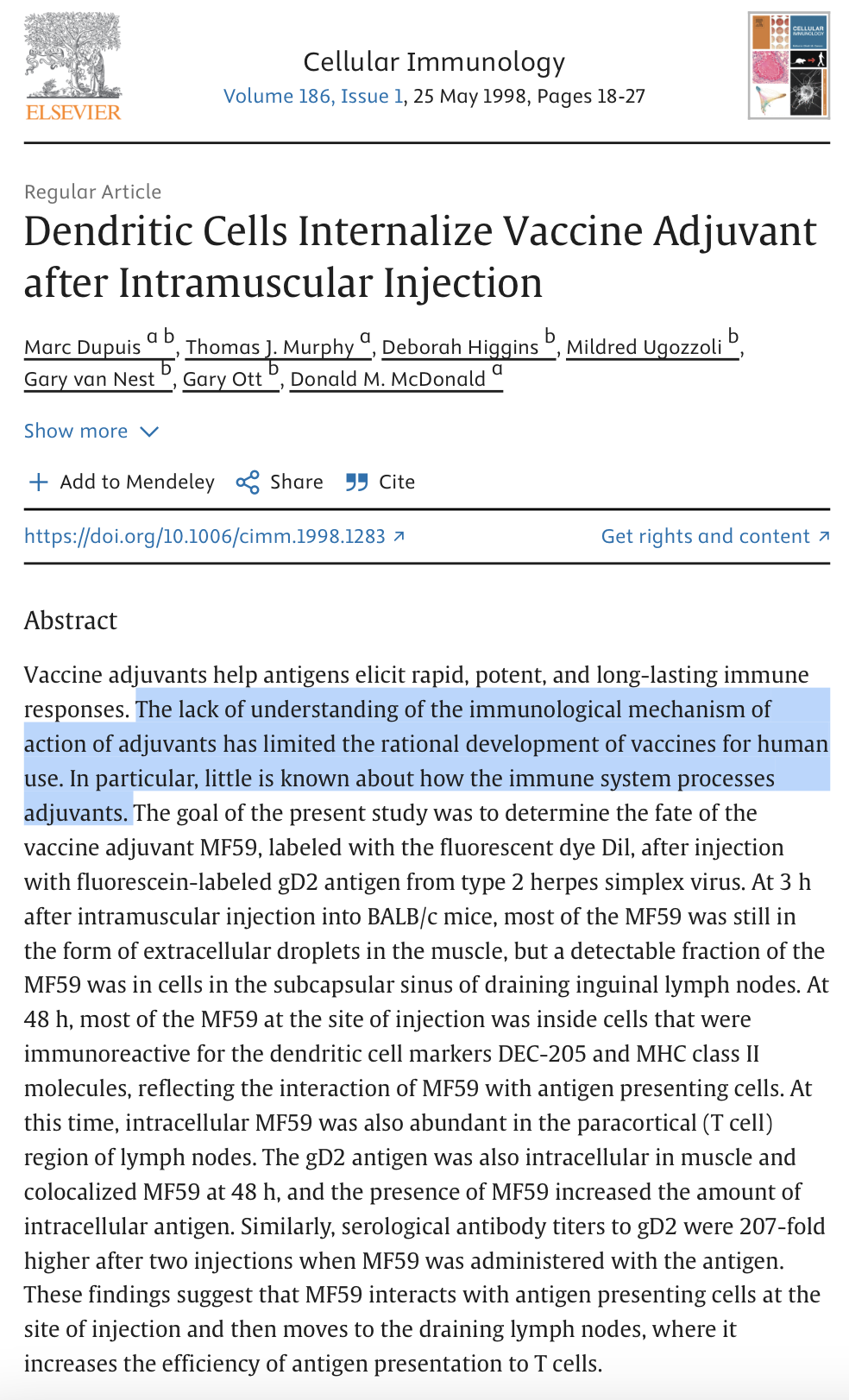
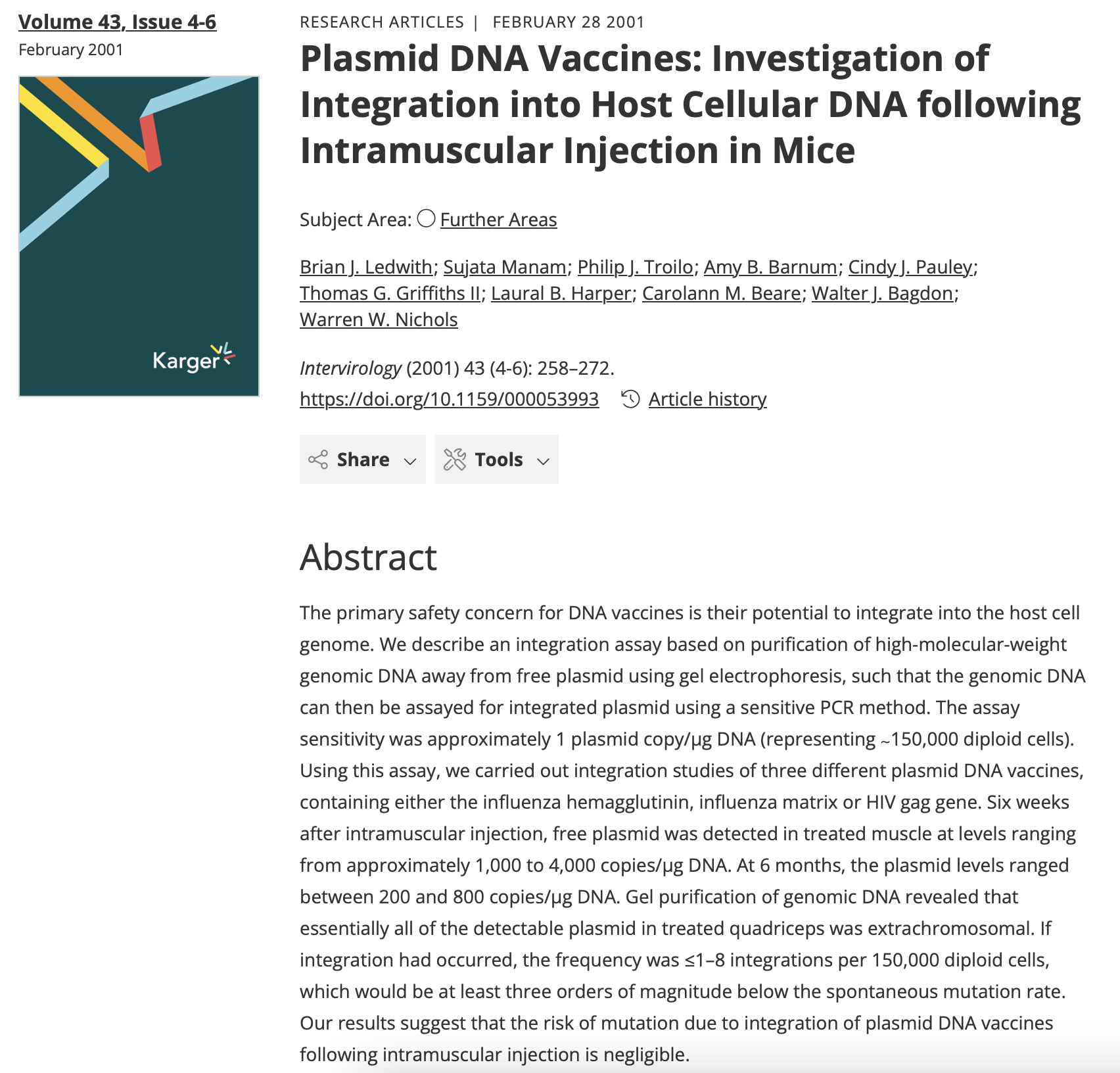
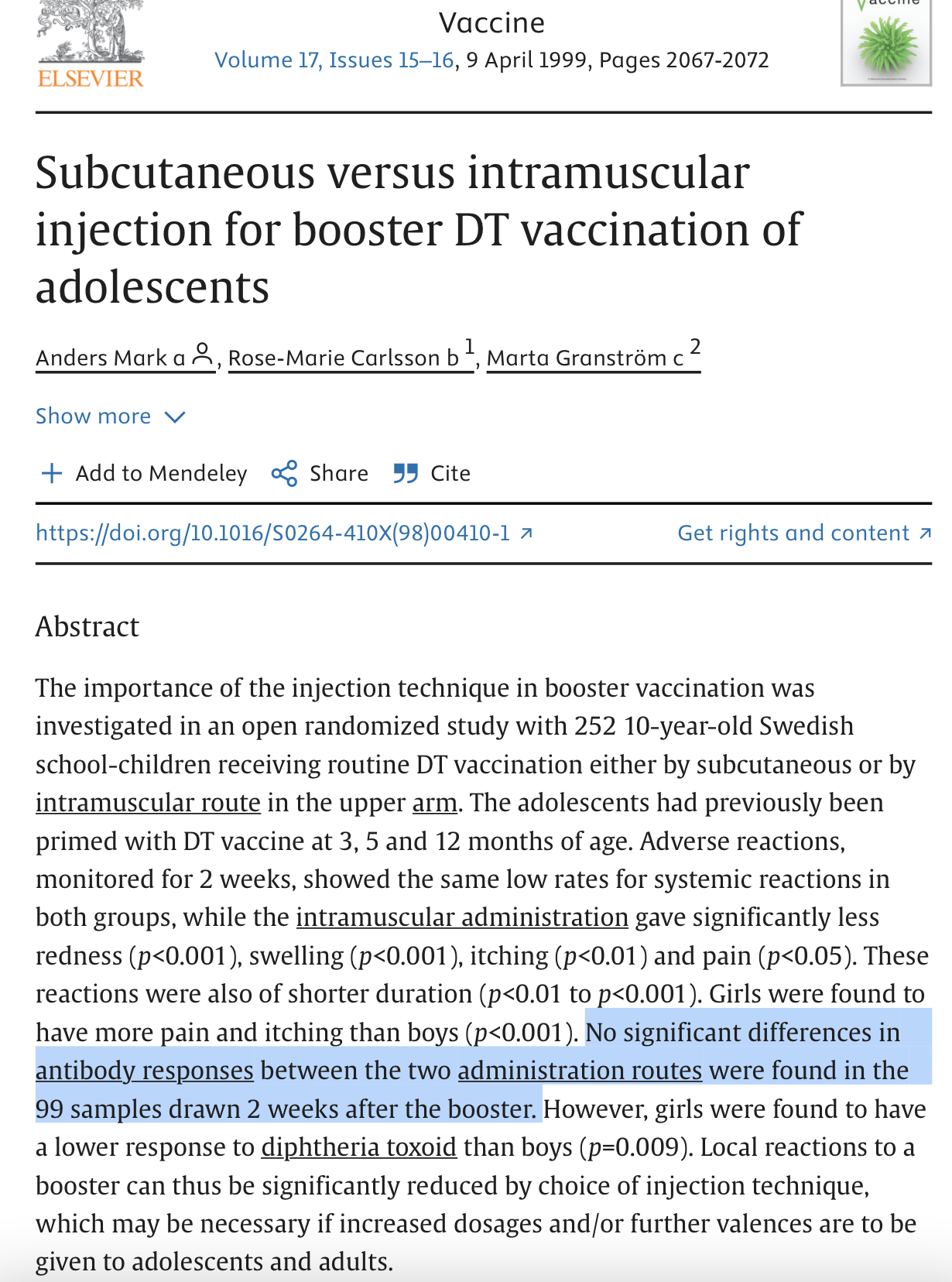
The problem with producing antibody printers in the muscle is that they serve absolutely no function there. Antibodies are most concentrated where they will be most effective: the mouth (tonsils) and the gut (payer's patches and appendix).
Injecting vaccine into the muscle allows external, lab-made, artificial DNA into a body system which would rarely, if ever, experience the backlash of a viral infection. It bypasses the first, and most vital, stages of the immune system and goes straight into the muscle fiber, which is covered in nerves which make up the peripheral nerve system.
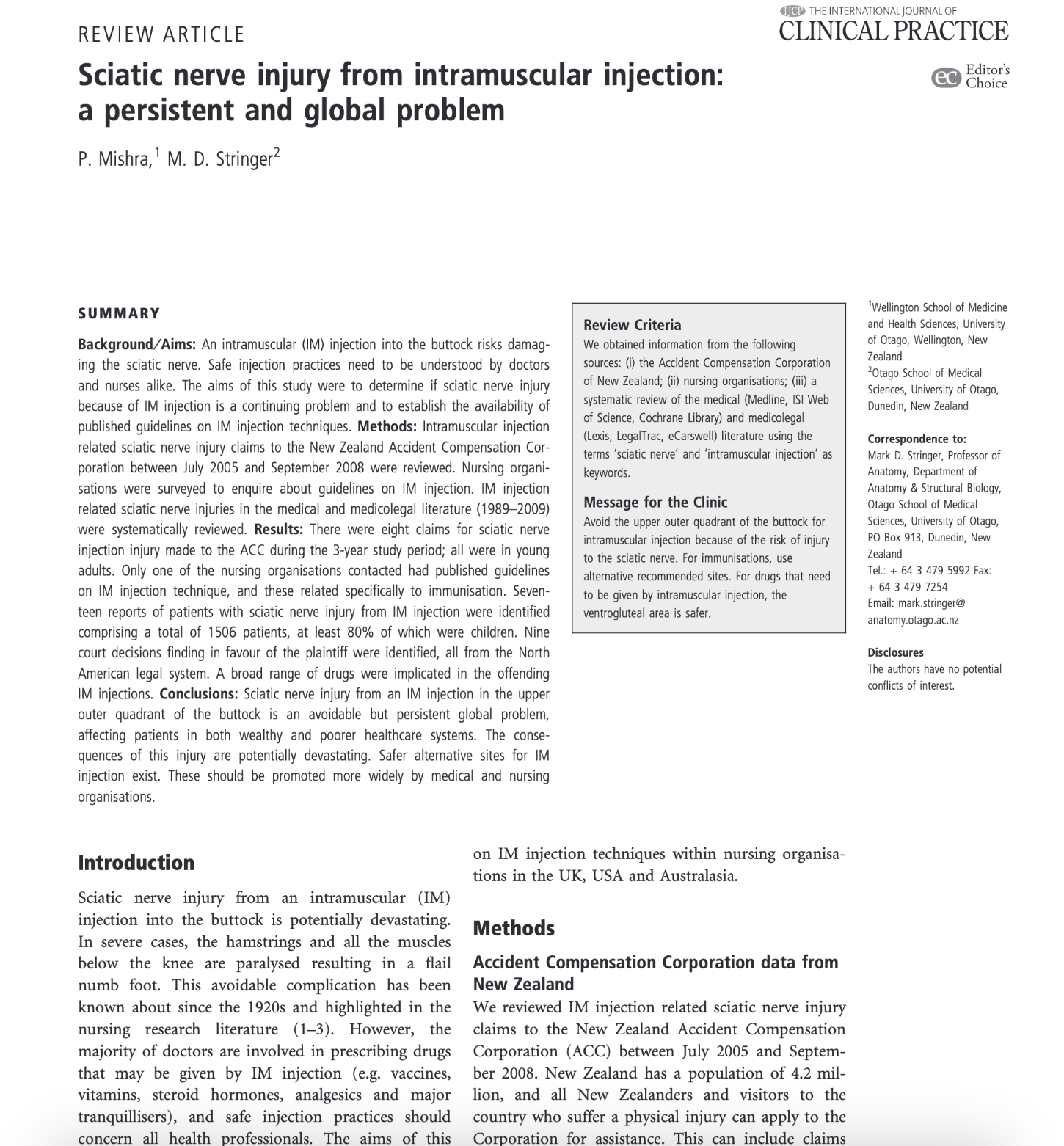
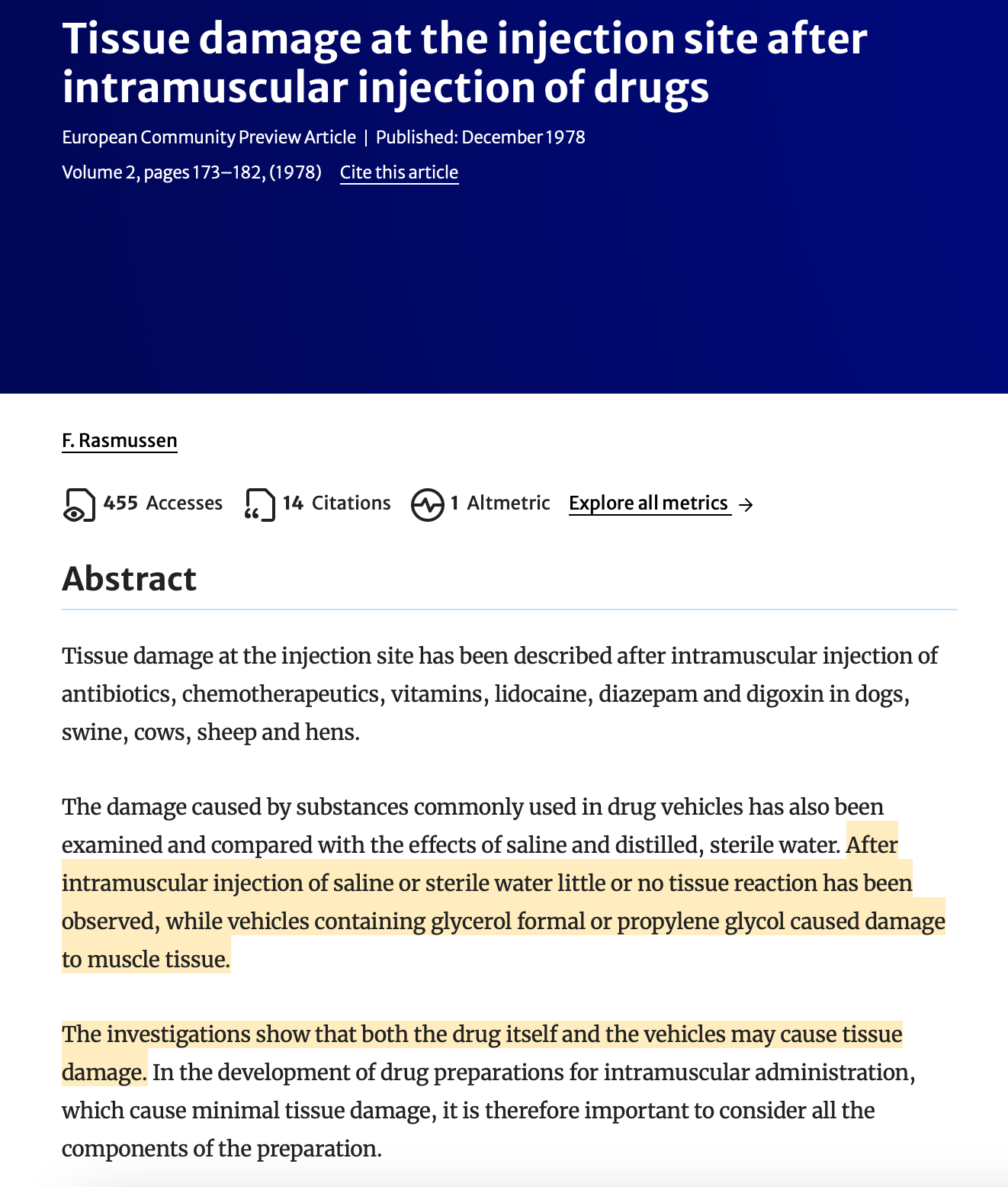
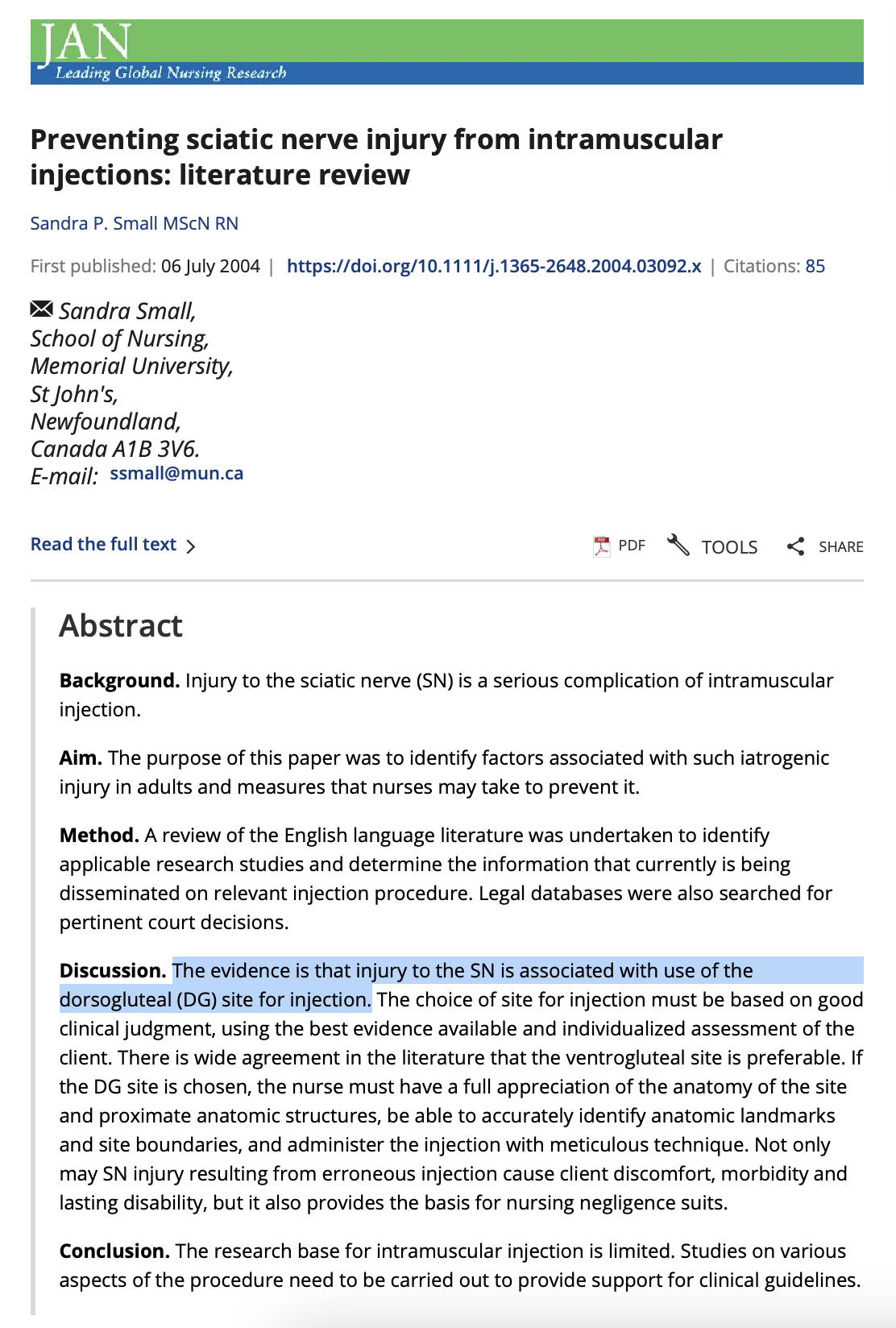
The bundle of nerves in your arm begins as a bundle in the side of your neck. This bundle, called the brachial plexus, extends into the pec and shoulder blade, controlling the muscles which sit around the lungs and clavicle. In another direction, it extends all the way down into the arm. The main terminal of this nerve is bundle which exists right at the site of vaccination.
These parenteral vaccines are designed to bolster antibodies in the blood, but those antibodies are not as prevalent at the sites where infection begins - meaning they do not produce any antibody presence in the throat, the nose, the gut, the esophagus, the tonsils.
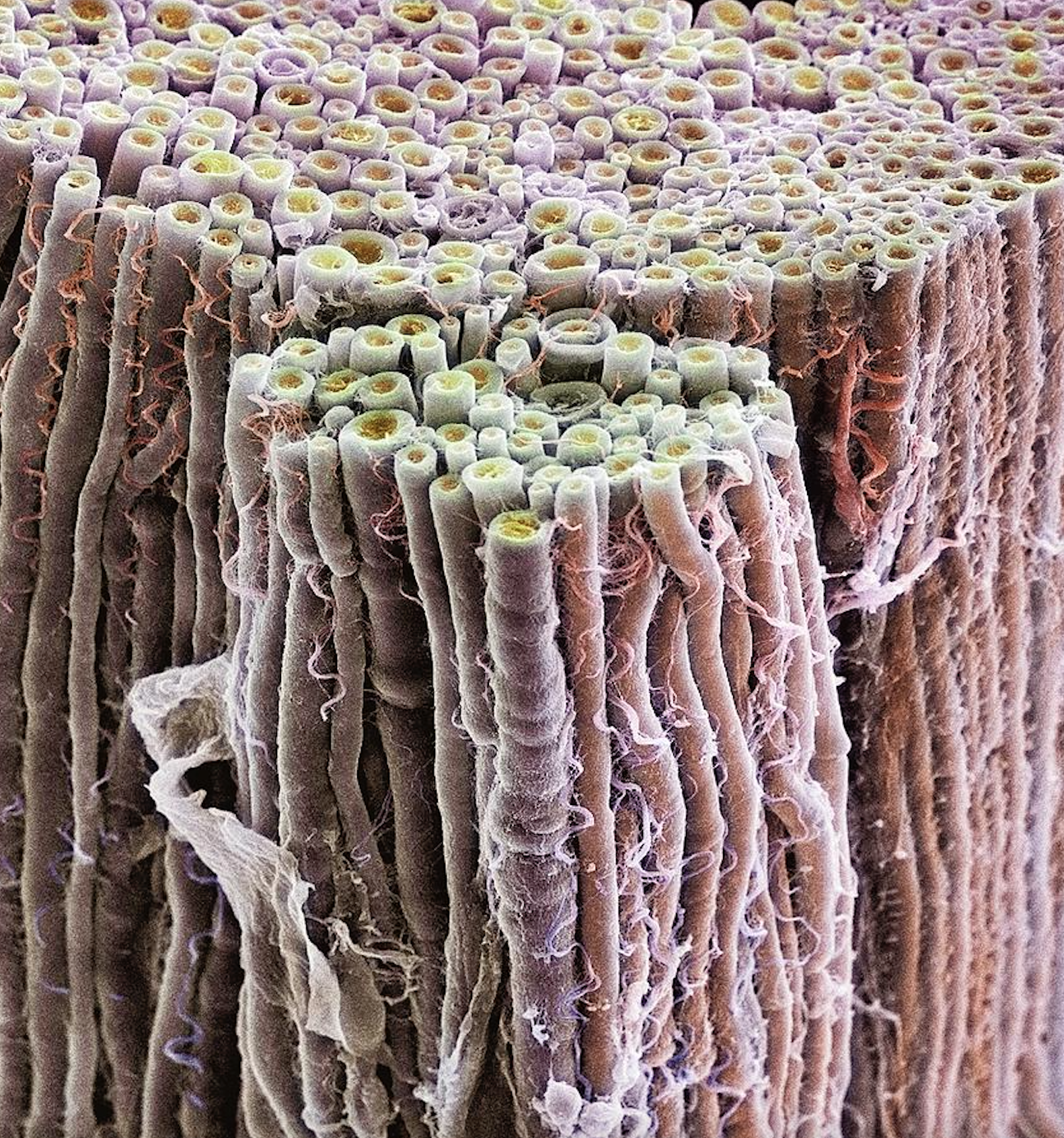

Injecting vaccine into the muscle allows external, lab-made, artificial DNA to bypass the first, and most vital, stages of the immune system and goes straight into the muscle fiber, which is covered in nerves which make up the peripheral nerve system. The bundle of nerves in your arm begins as a bundle in the side of your neck. This bundle, called the brachial plexus, extends into the pec and shoulder blade, controlling the muscles which sit around the lungs and clavicle. In another direction, it extends all the way down into the arm. The main terminal of this nerve is bundle which exists right at the site of vaccination.
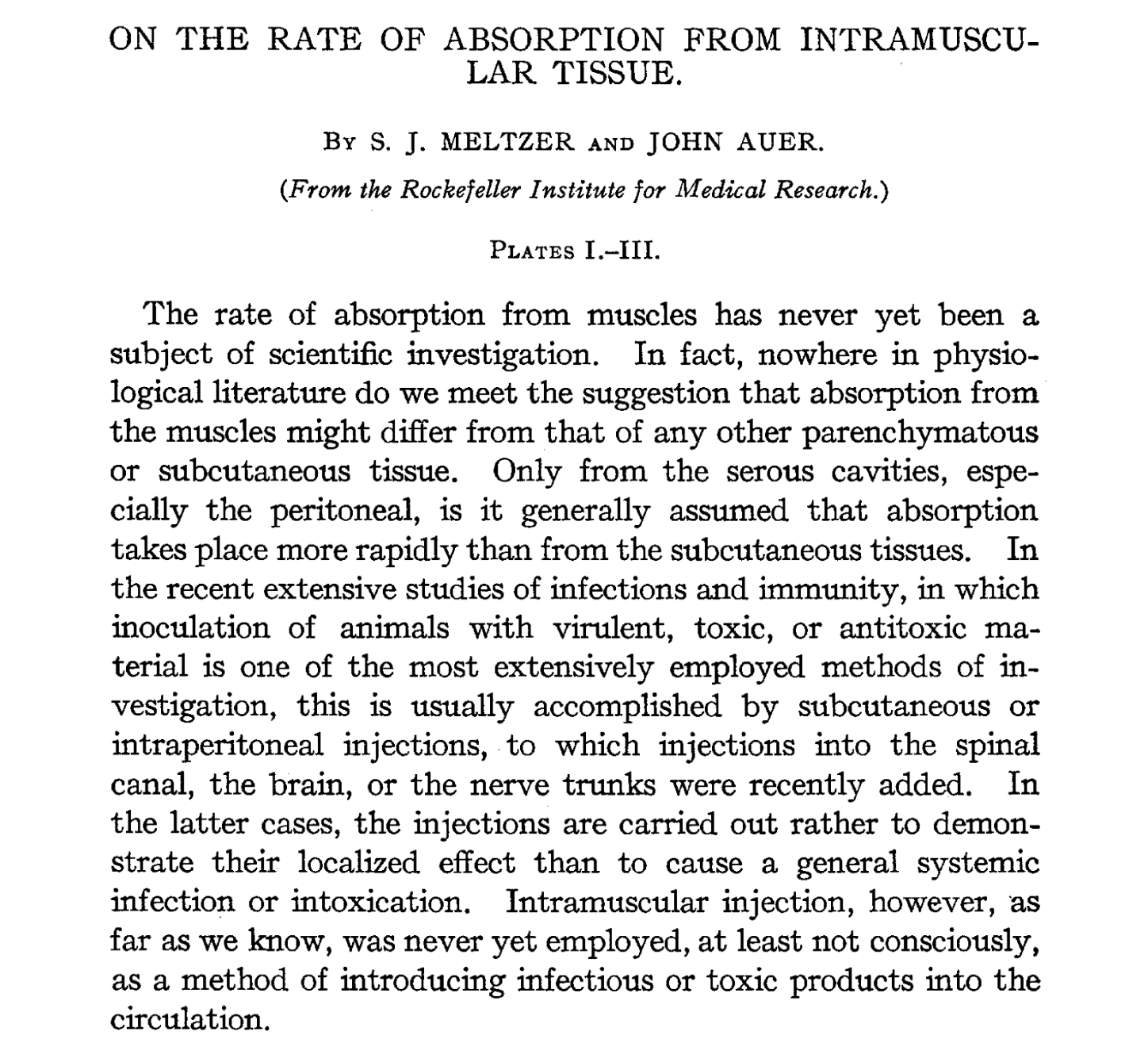
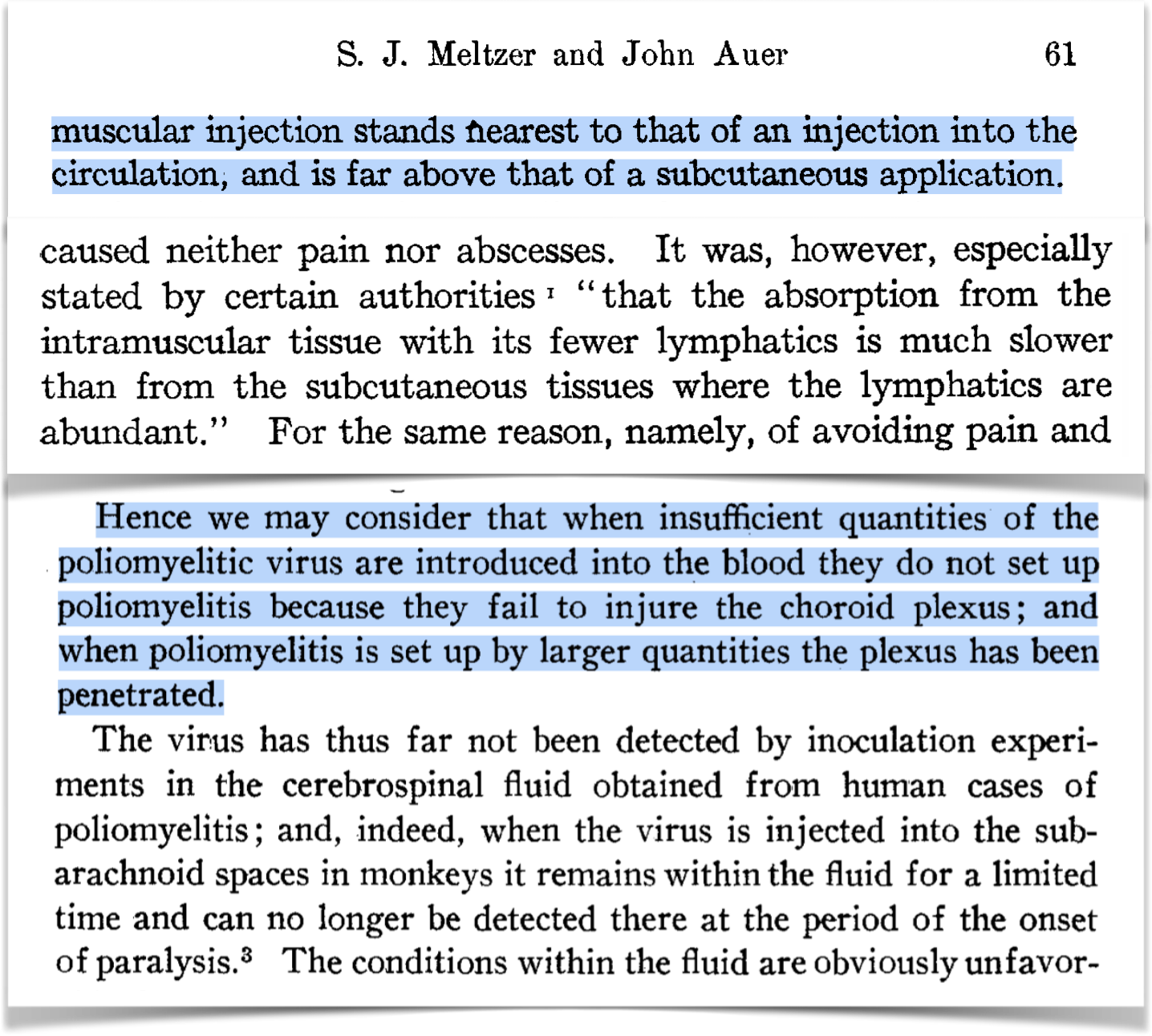
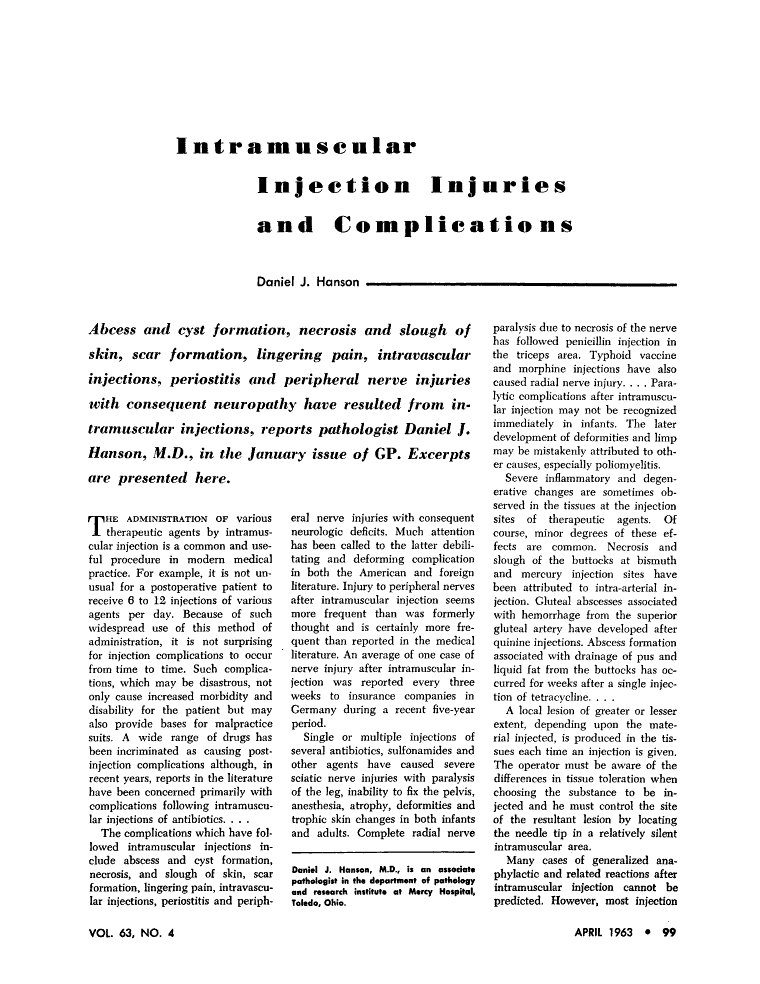
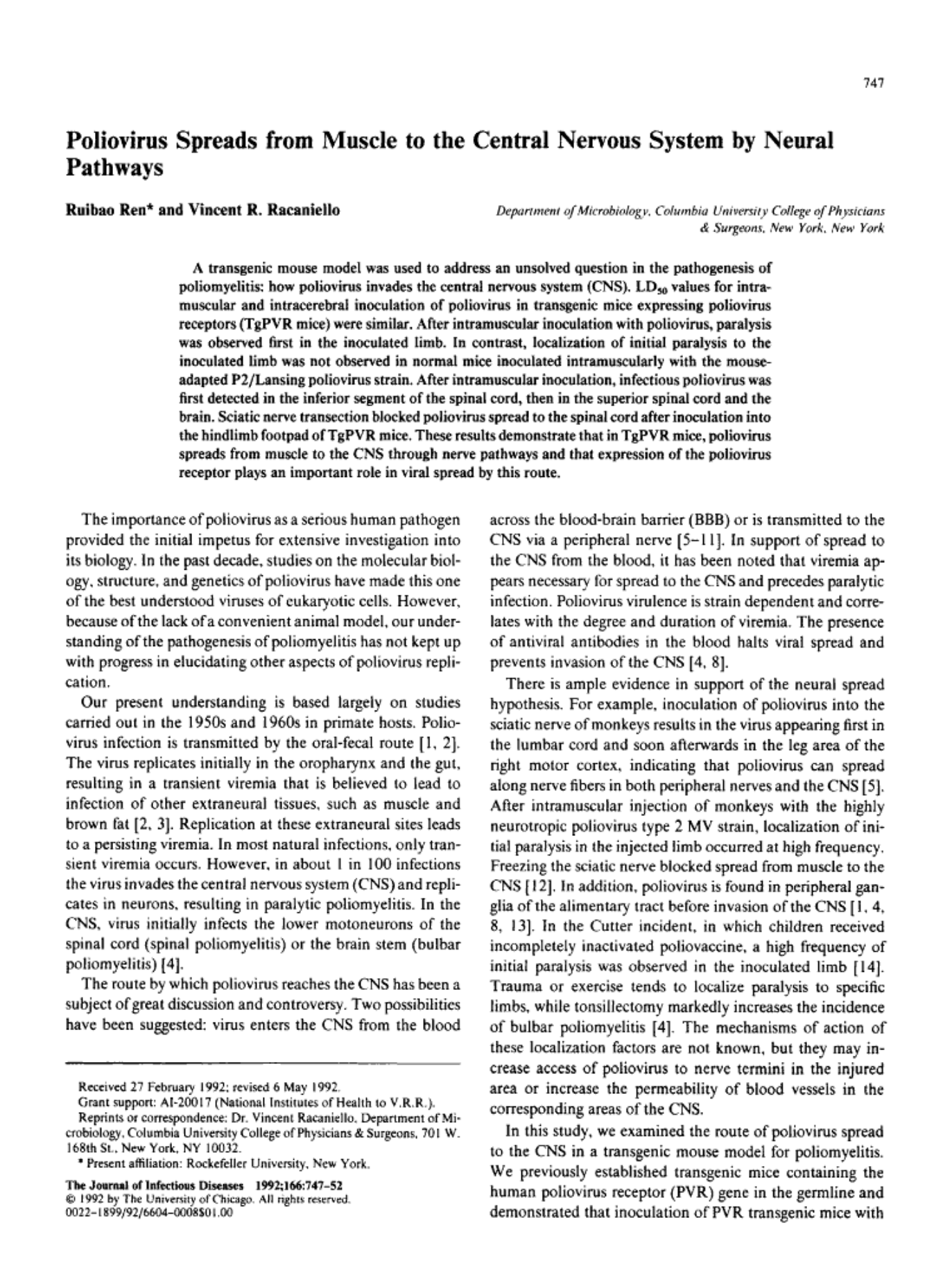
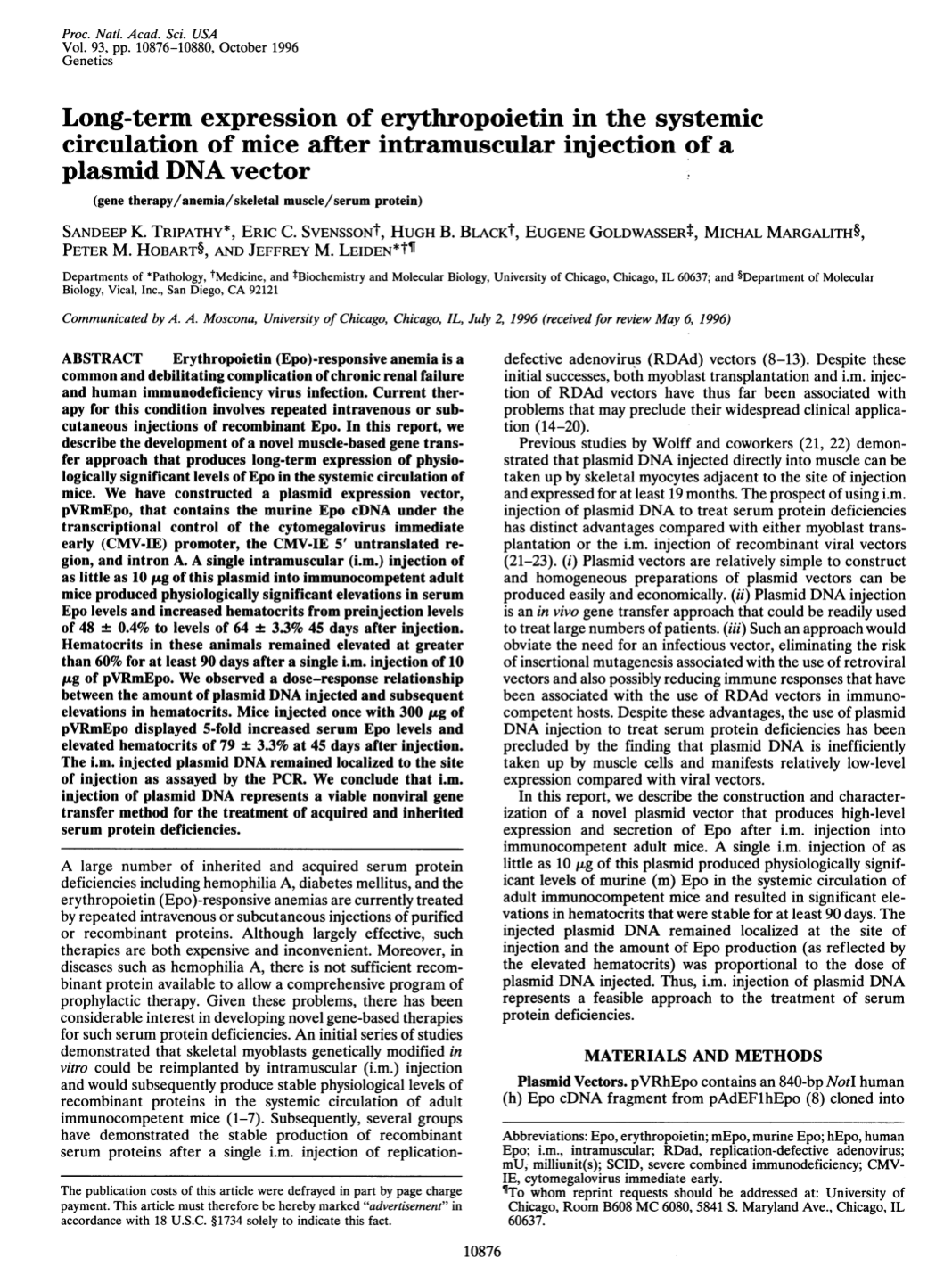

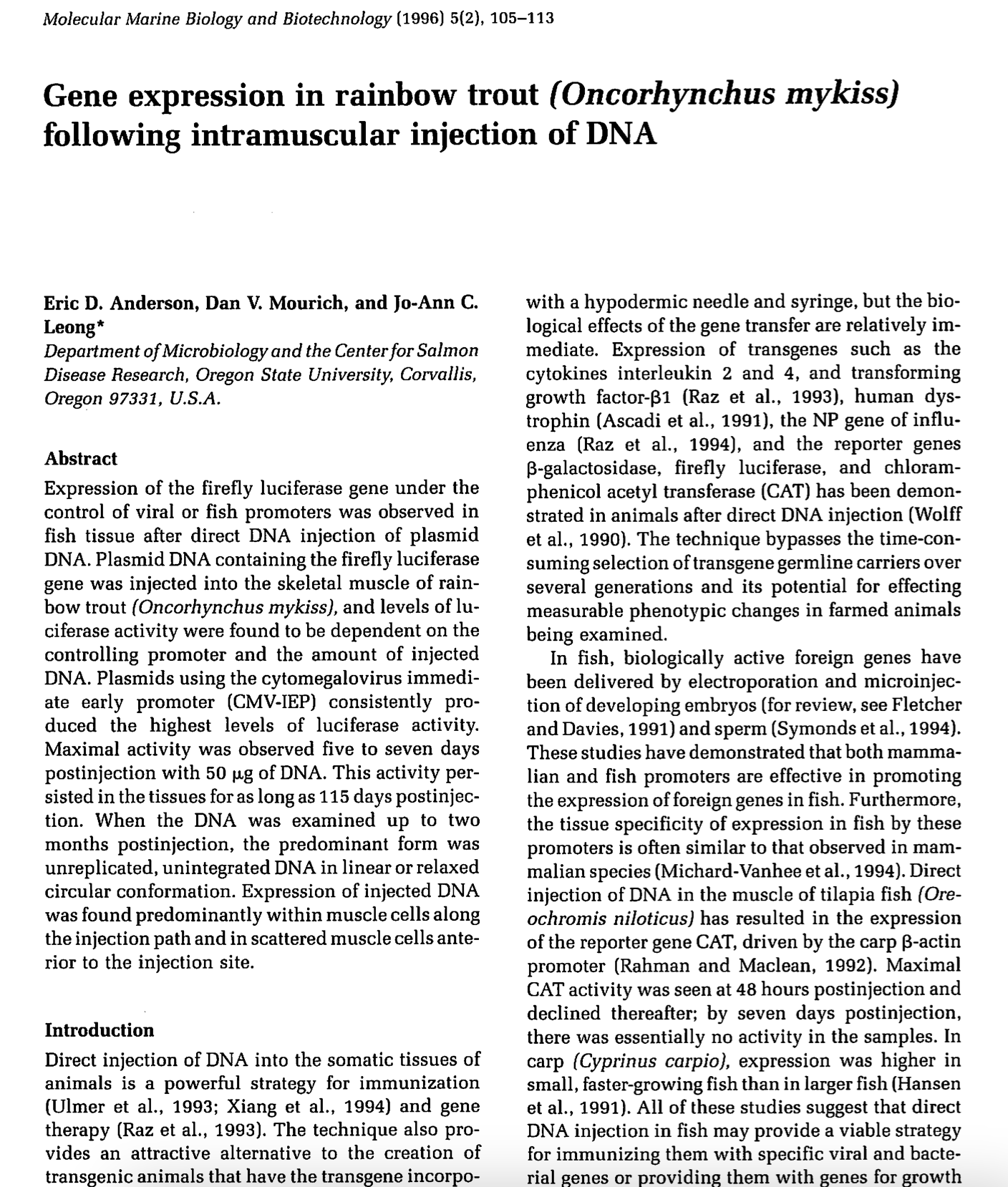
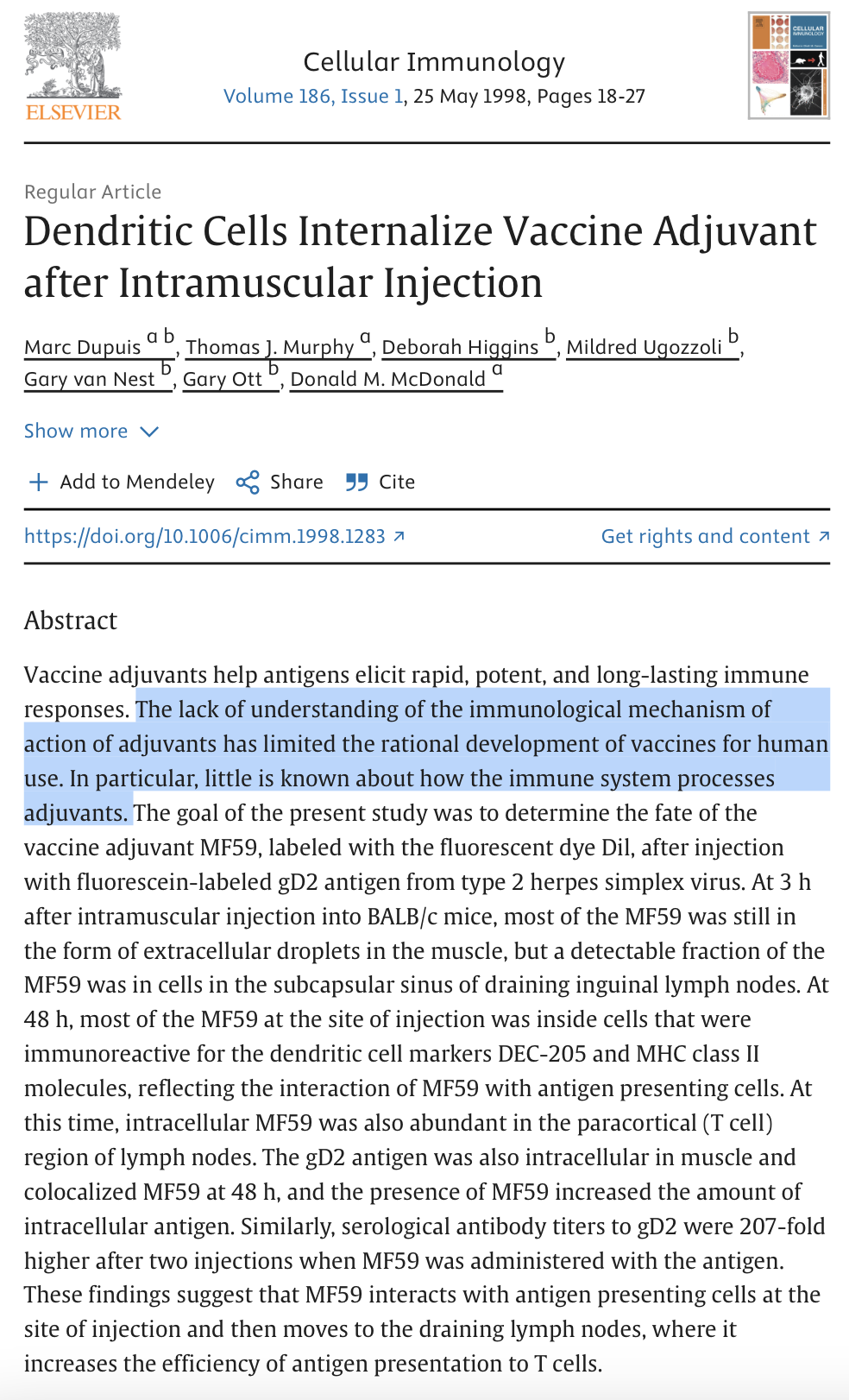
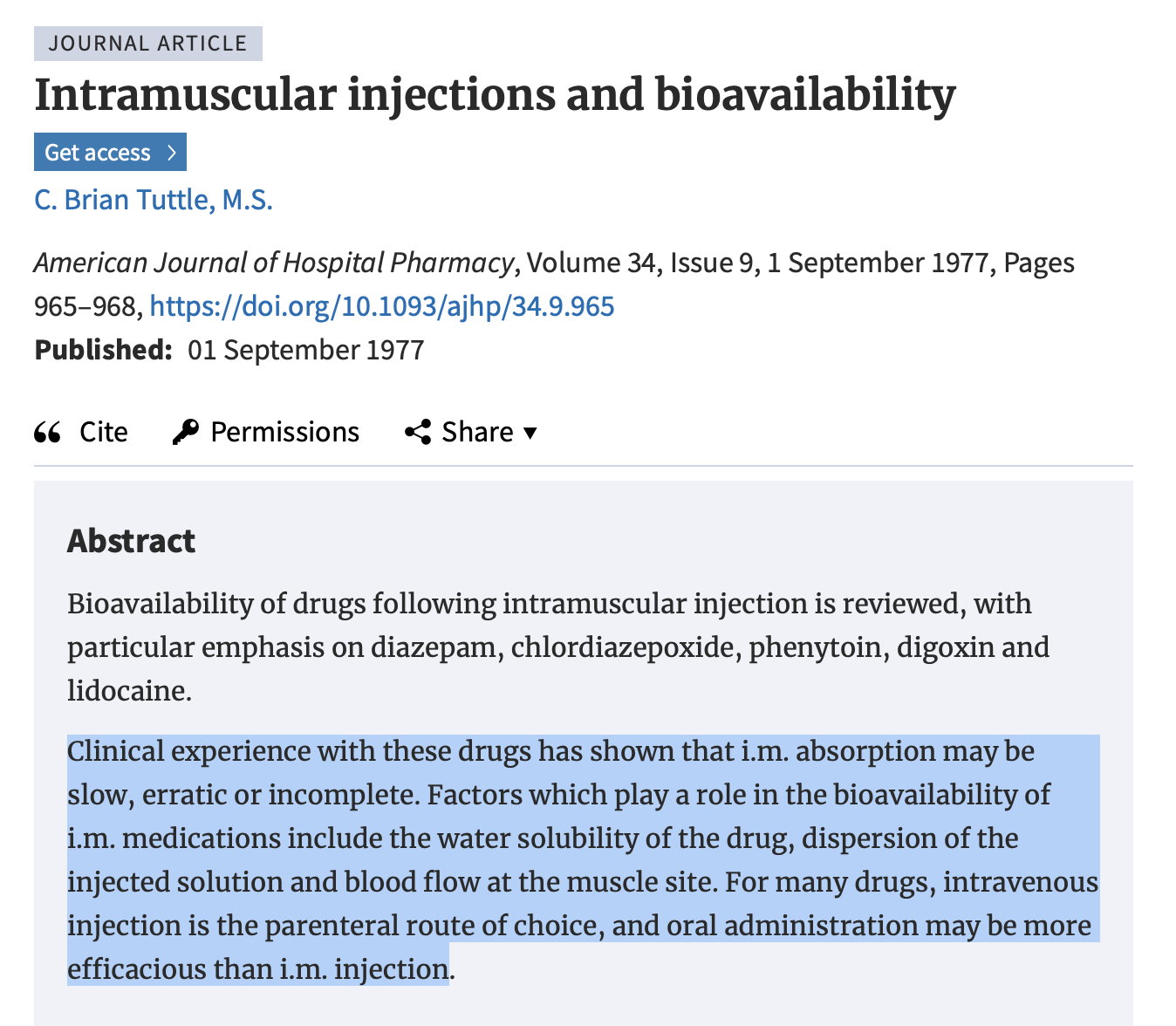
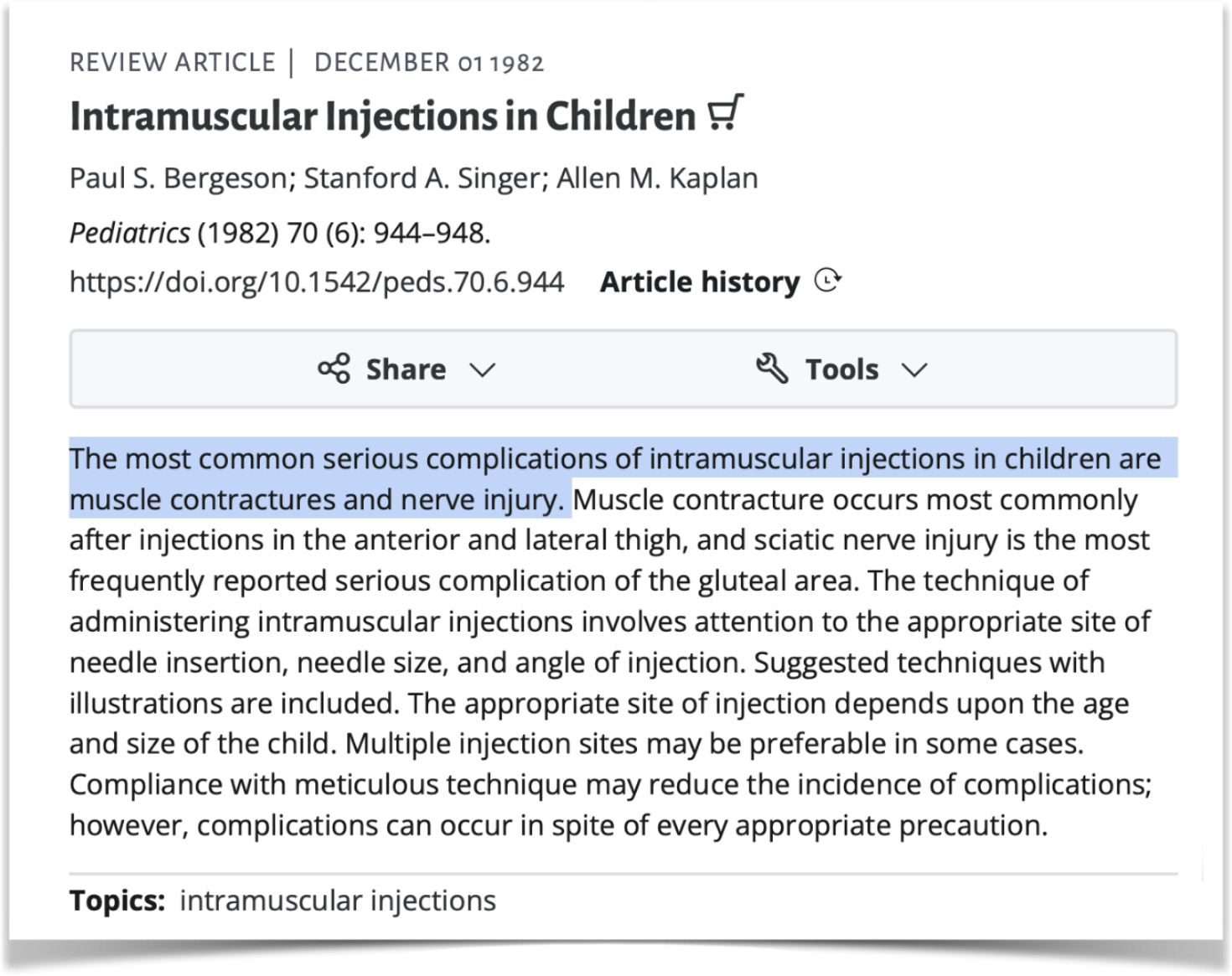
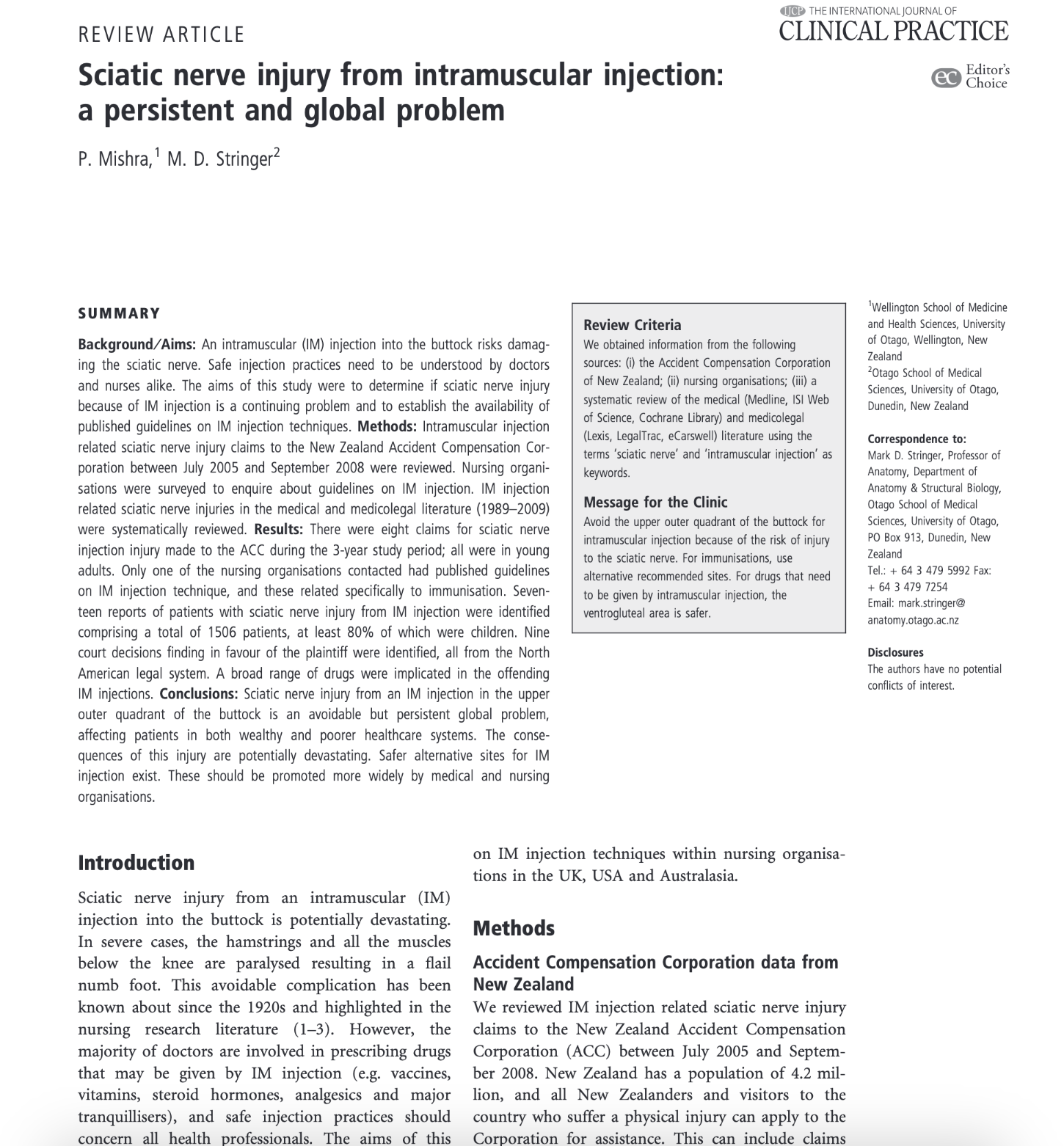
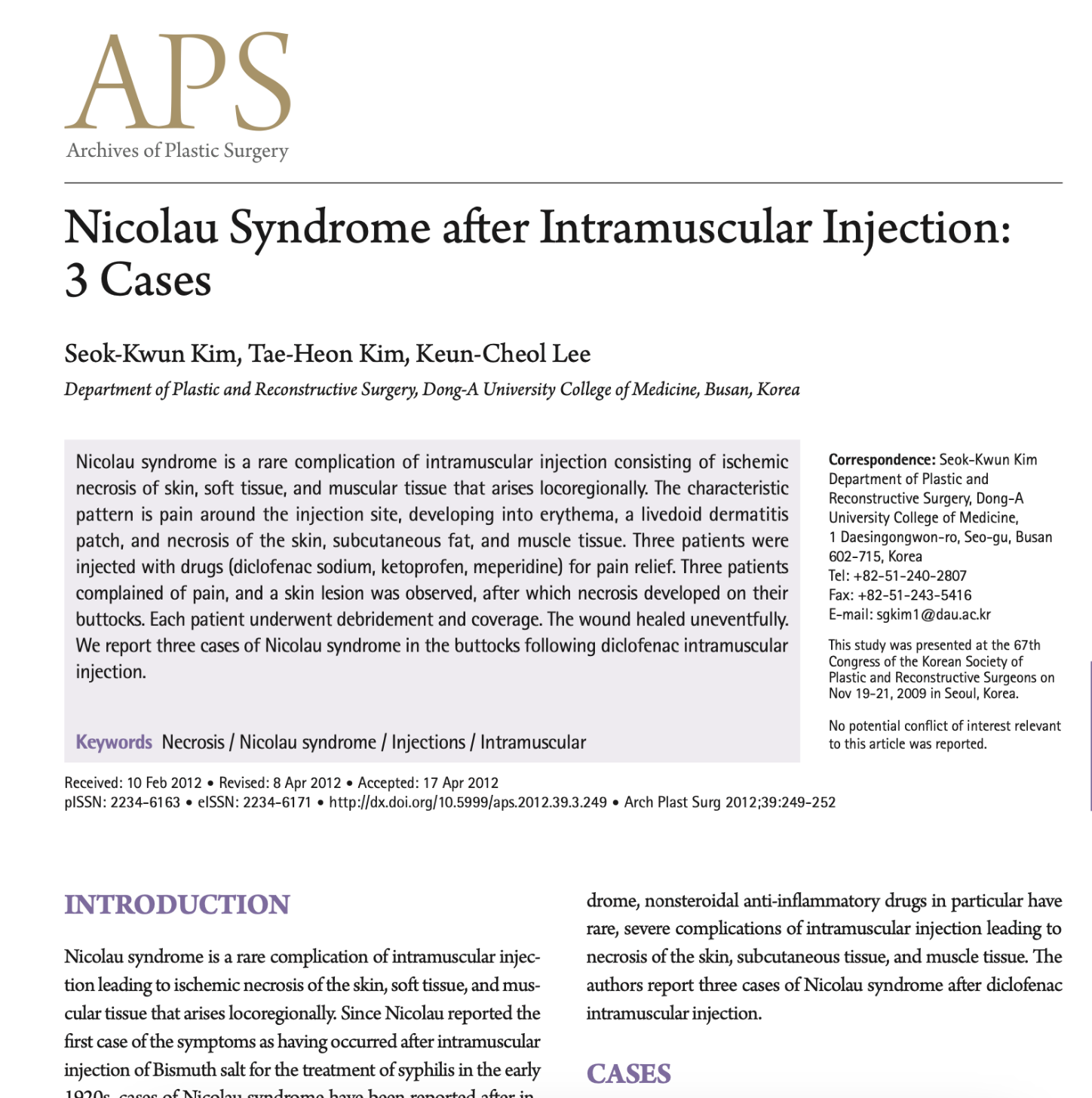
When vaccine is injected into the muscle, it is not easy removed from the area since the lymph capillaries are made specifically to filter out these kinds of particles (thus making it hard for them to enter and exit). As the vaccine saturates the muscle tissue and surrounding nerves, cells send out distress signals of something foreign threatening their equilibrium. These vaccine particles are genetically modified virus DNA which are able to fuse with our cells and produce antibody making zombies. These zombies produce more zombies. Our immune system attempts to destroy these zombie cells, but since they have taken over the control of healthy cells, the immune system becomes severely confused.
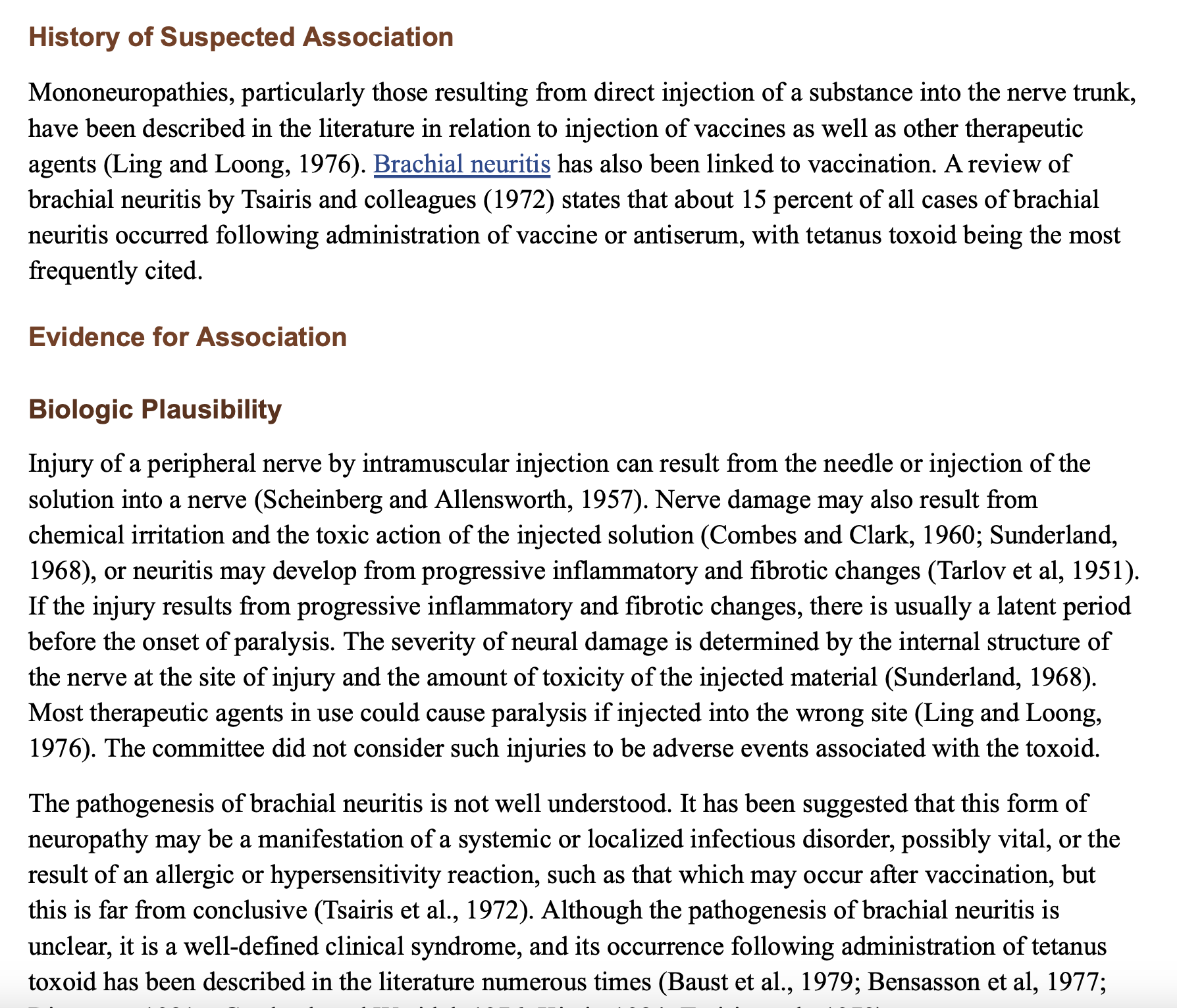
If I told you to inject pure, filtered water into your muscle every 6 months for 4 years, what could you expect to occur? You might think this would be harmless.
However, the body’s delicate fluid balance, immune response, and tissue integrity are not designed to accommodate injections of even the purest water in this manner.
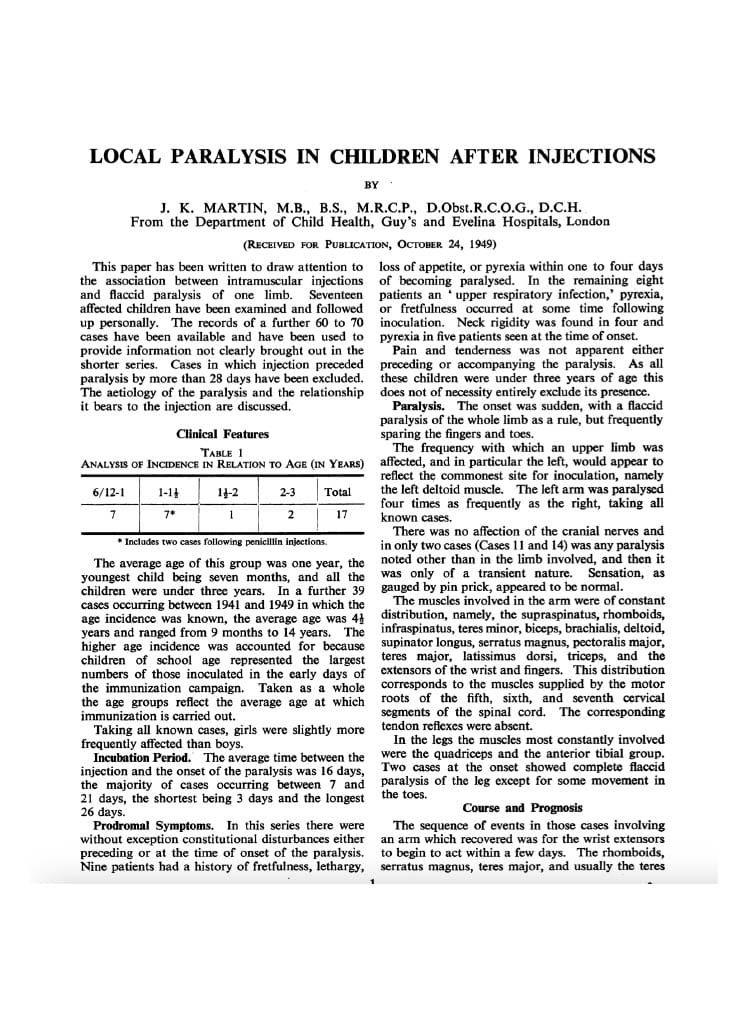
Injecting even pure water into muscle tissue disrupts its tightly regulated fluid balance, triggering an immune response to clear the excess liquid, leading to inflammation, cellular stress, and long-term structural damage.
Repeated injections cause cumulative harm, including fibrosis, chronic inflammation, impaired circulation, and dysregulated muscle function. Over time, the immune system imprints this trauma, increasing sensitivity to future injections and potentially triggering autoimmune-like responses.
If something as benign as water can induce such dysfunction, the introduction of genetically engineered mRNA and adjuvants—substances the body would never naturally encounter in muscle—creates an even greater risk of chronic immune dysregulation and long-term health consequences.
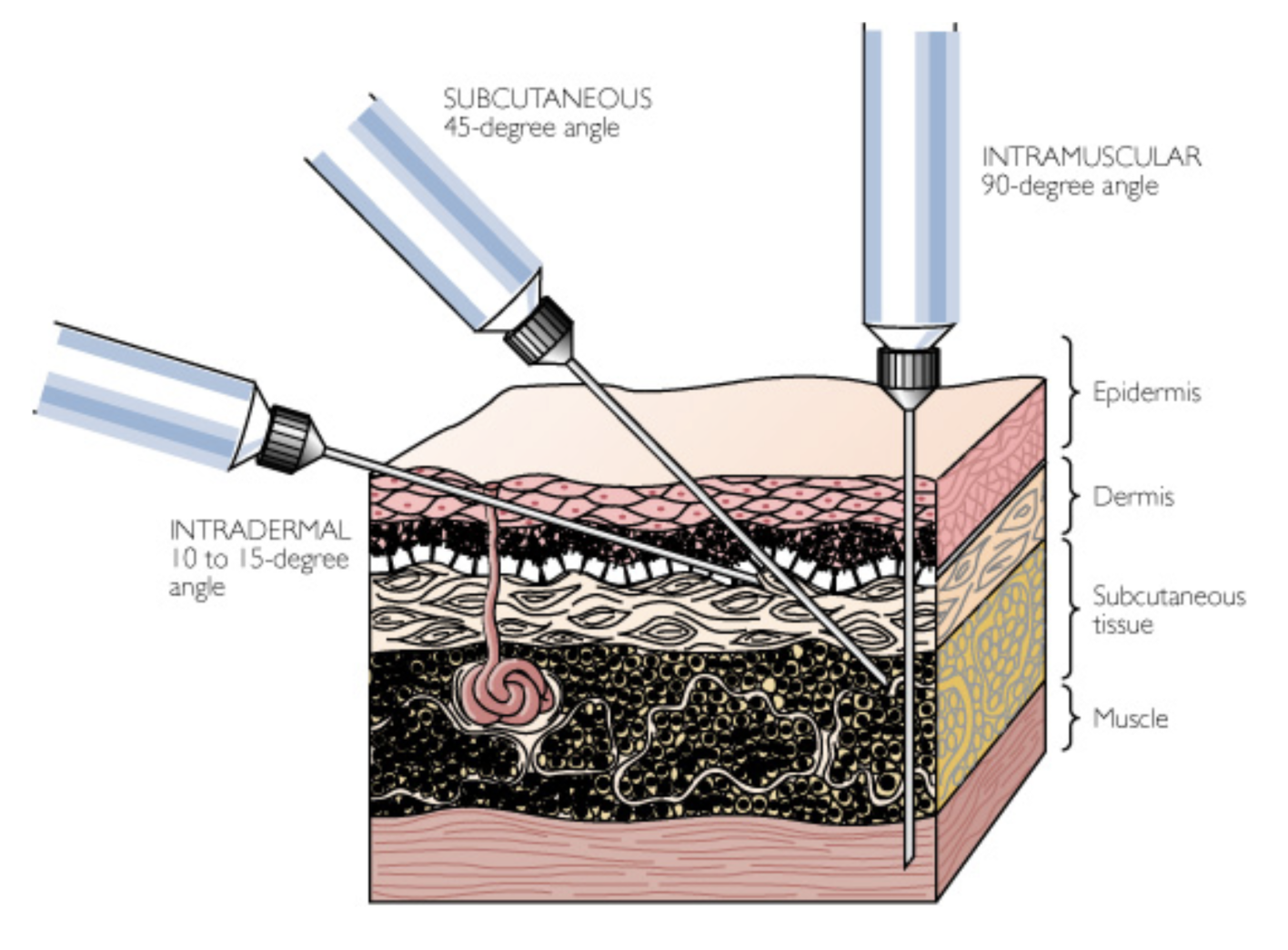
1. The Muscle is Not a Natural Site of Viral Infection
Viruses do not enter the body through muscle tissue. The immune system is designed to detect pathogens where they naturally enter—the respiratory tract, digestive system, or bloodstream—not deep inside muscle fibers.
When a vaccine is injected into muscle tissue, the immune system may face certain logistical challenges:
• Muscle tissue is generally less accessible to immune cells than other areas like the skin or mucous membranes, which are the body’s first line of defense against infections. This means that immune cells must “travel” to the injection site or recruit local cells to process and present the foreign material.
• Limited Antigen Clearance: Muscle tissue does not have the same mechanisms for clearing cell debris and antigens as the respiratory or digestive tract, where coughing, mucus, or other secretions help expel waste and pathogens. Consequently, there is less efficient clearance of vaccine components or cellular debris from muscle tissue, potentially leaving these materials in place longer.
• Sustained Immune Activation: When vaccine components remain in muscle tissue, they can stimulate ongoing immune activation as the immune system continues to recognize the mRNA or its protein products as foreign. This can lead to prolonged inflammation and immune response, especially if the immune system is repeatedly exposed to the antigen over time.
- Introducing a foreign substance here bypasses normal immune surveillance and triggers abnormal inflammatory responses.
- The nervous system is closely integrated with muscle tissue, meaning the immune system’s reaction is not confined to the injection site but can spread through nerve pathways.
If viruses were naturally introduced into muscle and nerves, that would indicate a catastrophic breakdown of the body’s defenses, something that only happens in cases of severe trauma, direct injury, or late-stage diseases.
Why, then, would we deliberately introduce viral components into a site that the body would never expect them to be, and expect it to benefit our health and immune system?
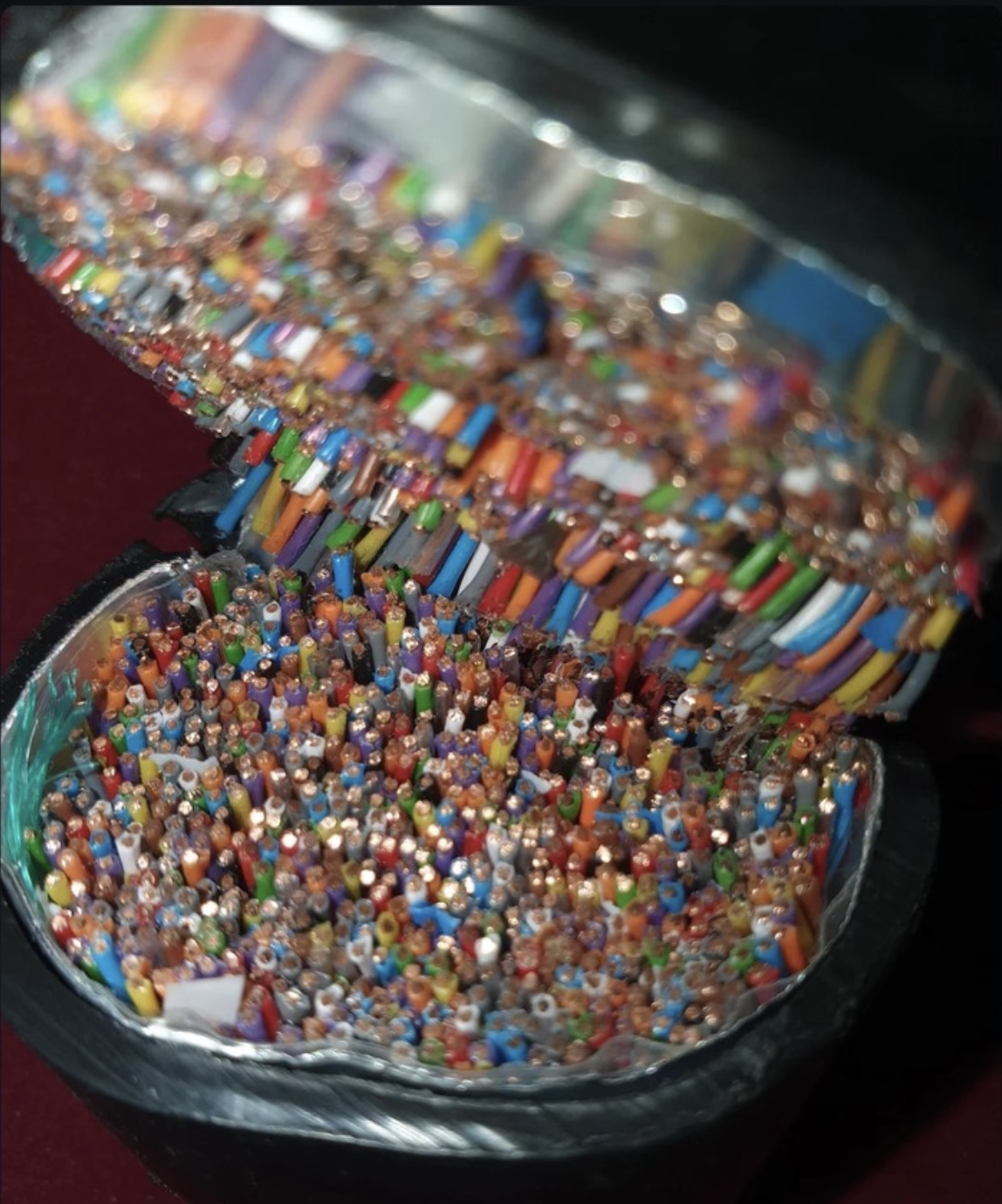
Under normal infection conditions, the body has mechanisms for expelling foreign particles and cellular debris:
• Mucus and Secretions: In areas like the respiratory tract, mucus traps foreign particles and allows for expulsion through sneezing, coughing, or swallowing.
• Gastrointestinal Tract: Ingested pathogens or debris can be removed through digestion and expelled in feces.
• Skin: Some infections or foreign materials create localized immune responses, leading to pus or skin lesions that allow for external expulsion.
However, with an intramuscular vaccine, these clearance mechanisms are not readily available. The muscle lacks natural expulsion methods, meaning the immune system must gradually process and remove the debris through lymphatic drainage and phagocytosis by immune cells.
2. Adjuvants and mRNA Injections Do Not Create Normal Immunity—They Create Immune Trauma
Vaccines contain adjuvants (chemical immune irritants) designed to provoke a strong immune response. But this isn’t the same as developing true immunity—it’s an artificially induced immune alarm that the body remembers as trauma.
- mRNA vaccines force cells deep in muscle tissue to produce foreign spike proteins, a process that would never occur naturally.
- This confuses the immune system, leading to a response that is disjointed, chronic, and difficult to regulate.
- The immune system records this trauma, meaning that even long after the injection, immune responses may reactivate unpredictably throughout life.
Instead of training the immune system as natural exposure would, intramuscular vaccination shocks the body into a state of hypervigilance, often leading to chronic inflammation, autoimmunity, and unpredictable reactions when encountering real infections later.

3. The Nervous System and Long-Term Immune Dysregulation
Muscle tissue is highly vascularized and innervated, meaning that anything injected into it has direct access to the nervous system and bloodstream.
- The immune system doesn’t just react to the spike protein—it also associates the trauma of the injection itselfwith an immune threat.
- This is why some people experience neurological symptoms, chronic inflammation, and persistent immune dysfunction after vaccination.
- Because of the nerve involvement, the immune system can reignite the response unpredictably, potentially explaining why some people have autoimmune flares or long-term side effects.
Instead of building true cellular immunity, intramuscular injection of mRNA-based vaccines trains the body to overreact, storing the response in immune memory in a way that is not natural and may be harmful over time.
A Fundamentally Misguided Approach
Injecting genetically engineered mRNA into muscle tissue is biologically irrational. It forces the immune system into a trauma-based response that does not produce the kind of natural immunity needed for long-term protection. Instead, it creates a state of immune confusion and chronic hyperactivation that may persist for years.
If we were to design a way to train the immune system in the most disruptive, inflammatory, and unpredictable way possible, intramuscular injection of genetically engineered material would be an ideal strategy. Yet, this is exactly what we have been told is necessary for health. The body does not need to be traumatized into immunity—it needs to be supported in developing a coherent, natural, and effective immune response.


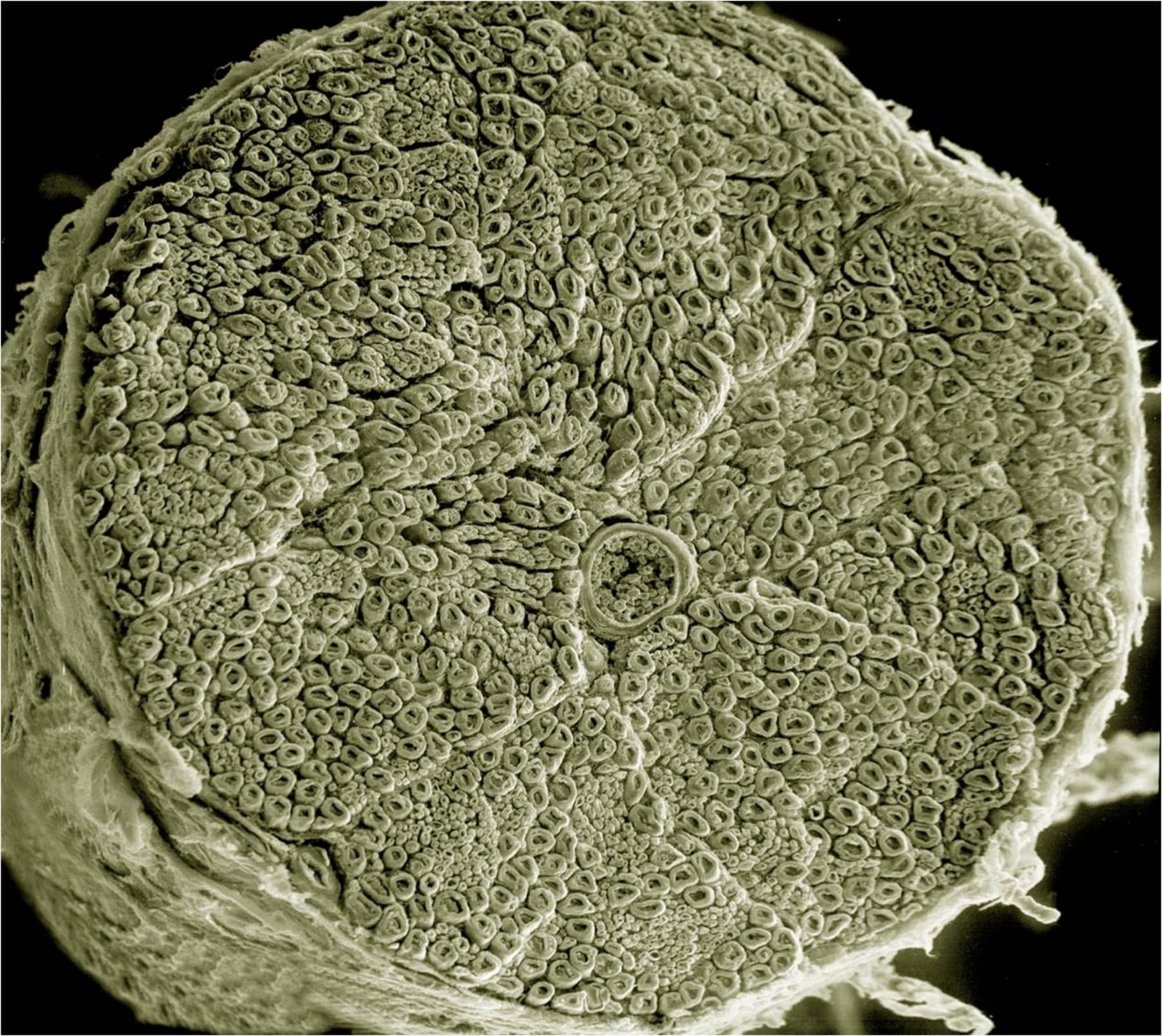

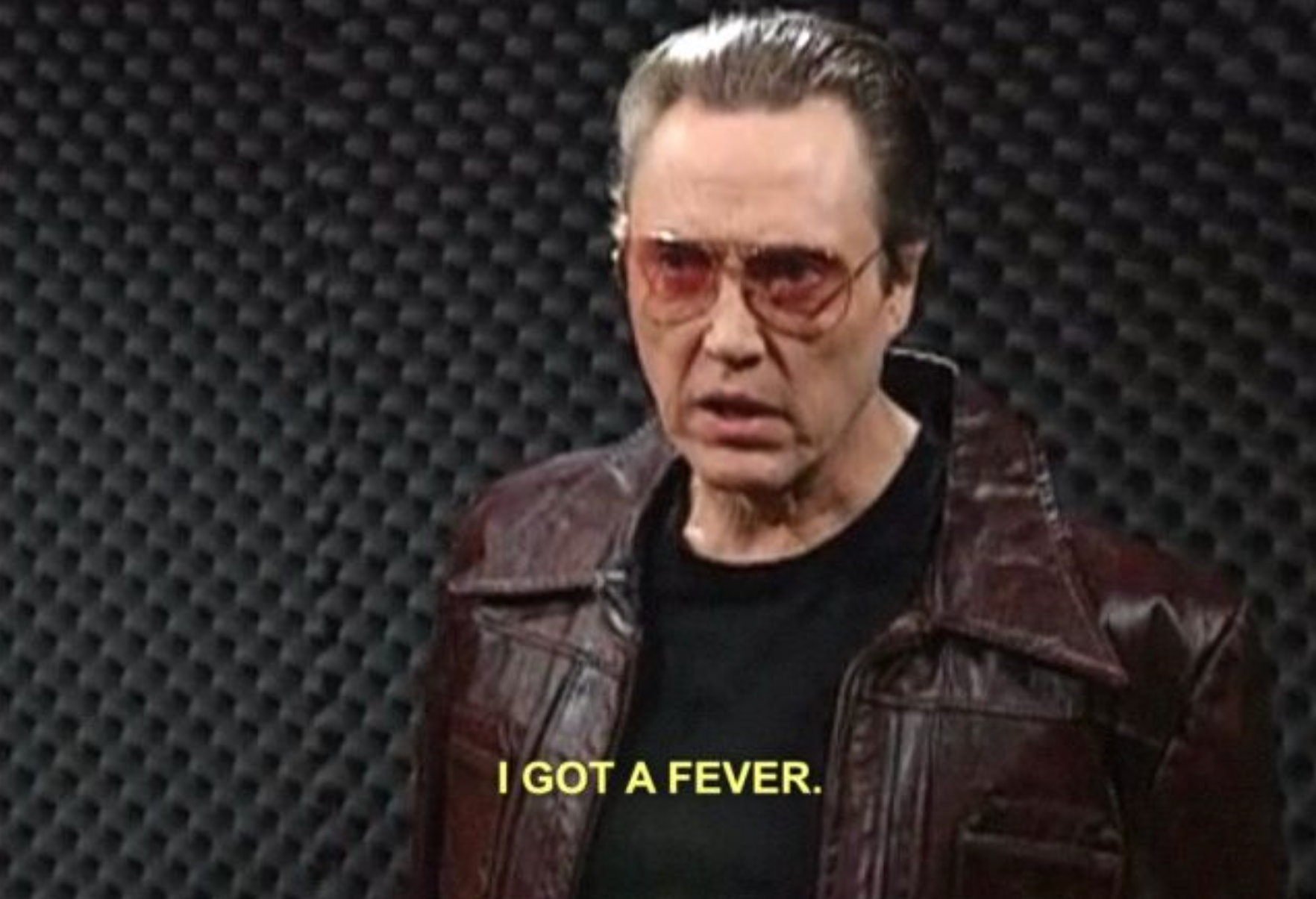

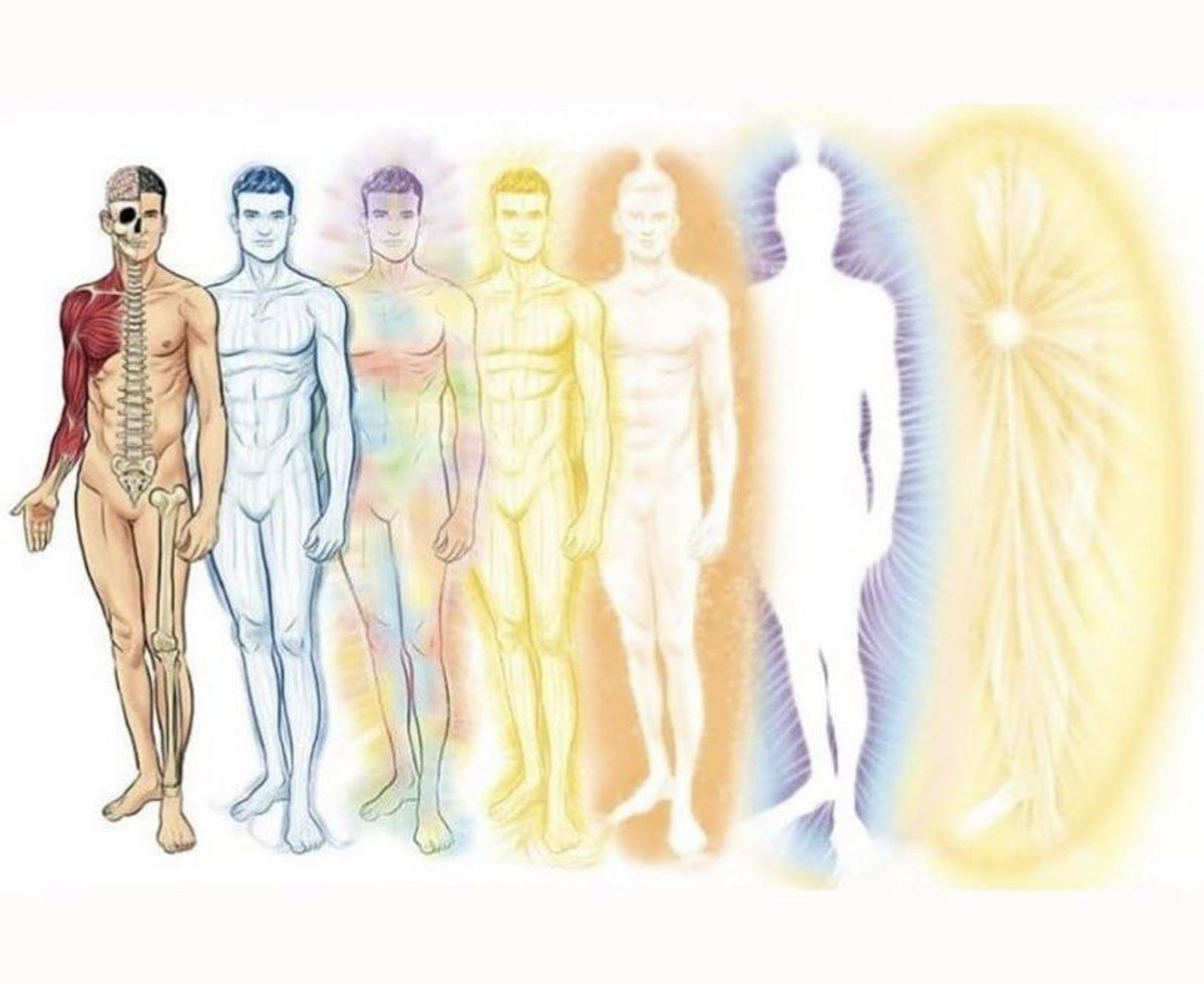



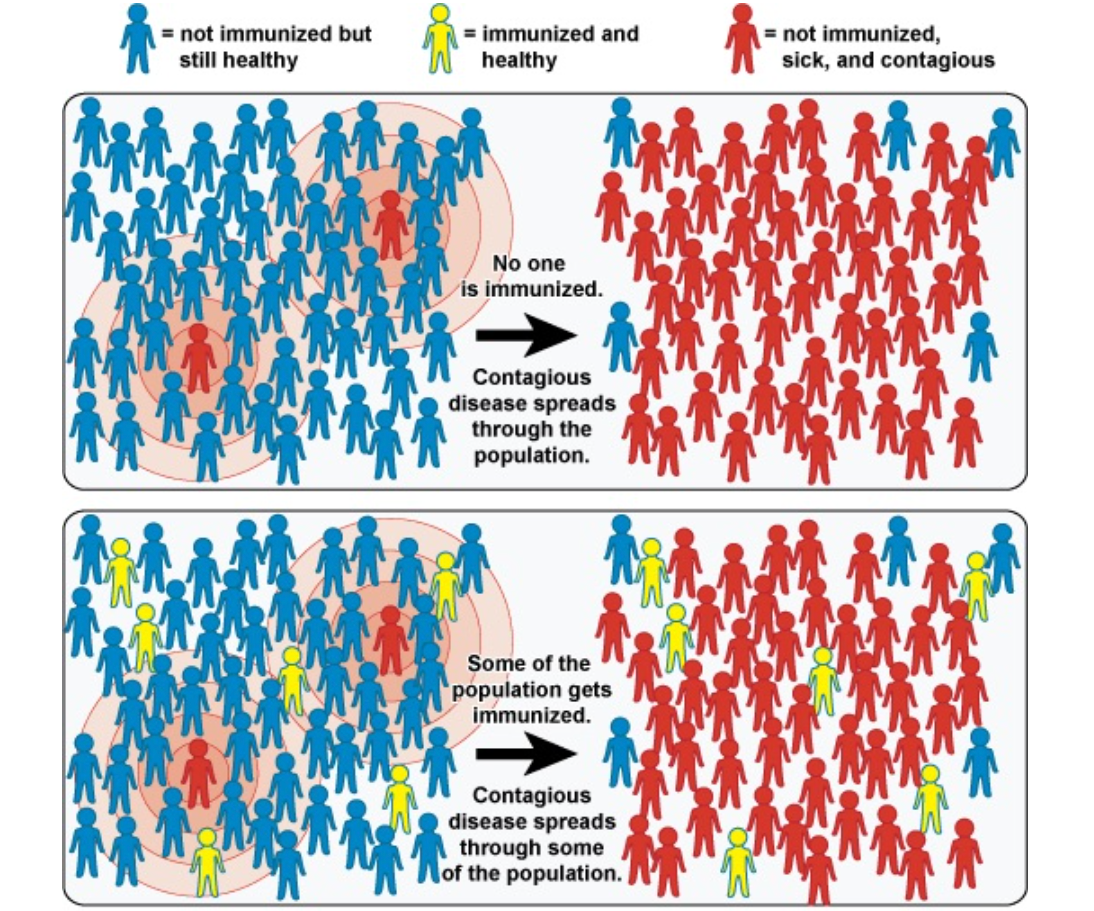
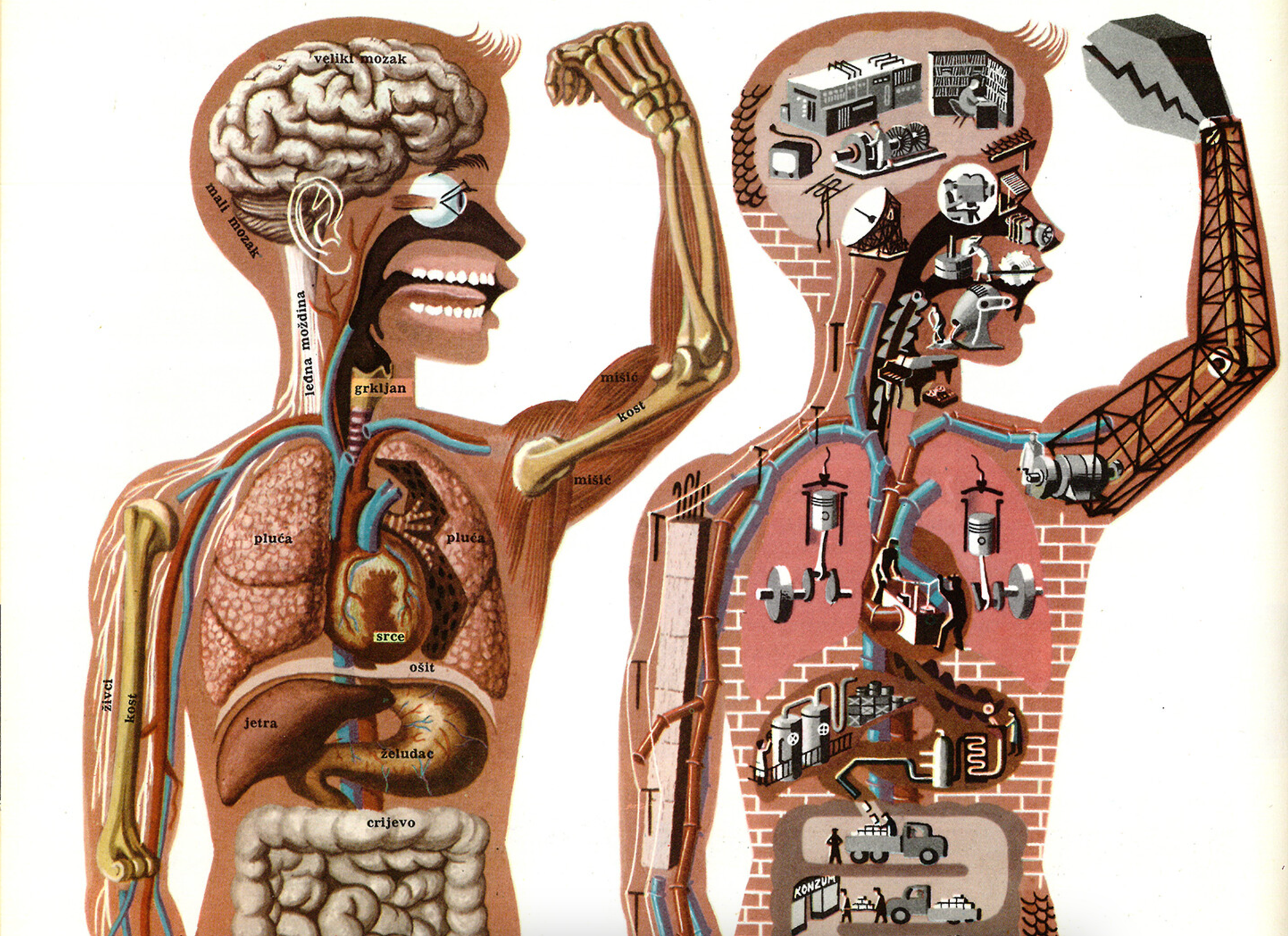

Discussion